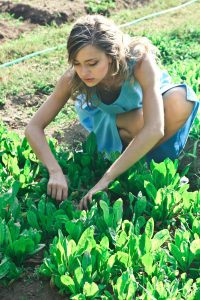 My gardening experience started with my Dad. We had a tiny garden down by the tree line. It was a sunny spot, tucked in a corner of the yard, safe from soccer balls and other outdoor shenanigans. I loved watching him water, prune and tend his 8 or 10 plants. I remember back then thinking it was a tiny garden, so small that when we snacked on a tomato or pepper, there was no way my Dad didn’t know. When I remember that small and tidy rectangle of soil, I think how smart he was for only growing what we would use and only cultivating what he knew he could easily care for. I often need to remind myself of my Dad’s garden while pouring over those gorgeous and glossy catalogs. It’s easy to get carried away, over-ordering and later, when it’s time to seed or plant, feeling overwhelmed instead of excited. From my experiences as a young gardener, and now as a garden educator to young students, I have continued to learn, grow and be curious about the ever-changing world of gardening.
My gardening experience started with my Dad. We had a tiny garden down by the tree line. It was a sunny spot, tucked in a corner of the yard, safe from soccer balls and other outdoor shenanigans. I loved watching him water, prune and tend his 8 or 10 plants. I remember back then thinking it was a tiny garden, so small that when we snacked on a tomato or pepper, there was no way my Dad didn’t know. When I remember that small and tidy rectangle of soil, I think how smart he was for only growing what we would use and only cultivating what he knew he could easily care for. I often need to remind myself of my Dad’s garden while pouring over those gorgeous and glossy catalogs. It’s easy to get carried away, over-ordering and later, when it’s time to seed or plant, feeling overwhelmed instead of excited. From my experiences as a young gardener, and now as a garden educator to young students, I have continued to learn, grow and be curious about the ever-changing world of gardening.
Getting Started
 Whether you have a garden or you are starting from scratch, location is important. You will need good soil, good drainage and lots of sun. Also think about proximity. The closer your garden is to your back door, the easier and more likely you’ll be to make use of it. Pots on a deck filled with herbs can be a wonderful way to get started.
Whether you have a garden or you are starting from scratch, location is important. You will need good soil, good drainage and lots of sun. Also think about proximity. The closer your garden is to your back door, the easier and more likely you’ll be to make use of it. Pots on a deck filled with herbs can be a wonderful way to get started.
Our Princeton address means we have a thriving deer population, 125,000 in the state of NJ. You need a fence or some way to protect your garden from deer and other critters who like vegetables as much as we do.
Make a Plan
A good plan goes a long way. At our school garden, we have a master map of our garden. We have 28 raised wooden beds, a central open area where rows are marked directly into the existing soil. This layout does not change, so one map serves us well. We make several copies and use it to mark where Spring, Summer, Fall and Winter crops are grown. We can also determine how much seed or how many plants we need from the size of the beds. This type of planning eliminates overbuying and last-minute decision-making as to where your plants will grow. It can also be used as a design tool, planting taller or longer season crops in the most appropriate places in the garden.
Where to Purchase Seeds, Plants and Supplies?
There are many local nurseries and supply stores in our area. Whenever possible, shop locally. We use Belle Meade Coop, Rosedale Mills and Kales for high quality plants and growing supplies. Seeds are also available, usually in small packets. For larger quantities and a good selection of organic seeds, check out Johnny’s Selected Seeds, Fedco Seeds and High Mowing Seeds. For prefab raised beds and other specialty garden items, Gardeners Supply Company has a good selection.
Method of Planting
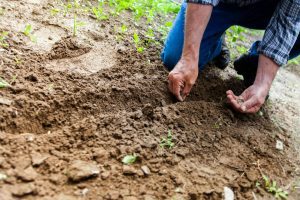 You will either be direct seeding (putting seeds directly into the ground) or transplanting, (putting small plants into the garden). Does it matter which method you use? It depends on the plant. Some plants prefer to be direct seeded, and others do much better going into the garden as a seedling. And some plants are happy either way. If you want full size lettuce, kale, arugula or spinach, you would plant seedlings. If you want cut and come again greens for salad mix, plant seeds closely together in a row directly into the ground. You will generally get 2-3 cuttings from one planting. Generally, this information is found on the back of seed packets or in the catalog.
You will either be direct seeding (putting seeds directly into the ground) or transplanting, (putting small plants into the garden). Does it matter which method you use? It depends on the plant. Some plants prefer to be direct seeded, and others do much better going into the garden as a seedling. And some plants are happy either way. If you want full size lettuce, kale, arugula or spinach, you would plant seedlings. If you want cut and come again greens for salad mix, plant seeds closely together in a row directly into the ground. You will generally get 2-3 cuttings from one planting. Generally, this information is found on the back of seed packets or in the catalog.
Growing Zone
Know your growing zone. Here in the Princeton area, we’re zone 7a. This tells us our frost date in Springtime will be sometime between April 30th and May 15th. In Fall, we can expect Jack Frost to return between Oct. 15th and Nov 1. Due to our fast-changing climate, these dates will continue to change, along with our growing zone. As we move into Spring, I’m keeping a close eye on the extended forecast and watching from my window to plant my warm weather crops into the garden. Cooler season plants like peas, spinach, kale and carrots will get planted earlier in the Spring. Most varieties of these vegetables are hardy and can withstand cooler nighttime temperatures.
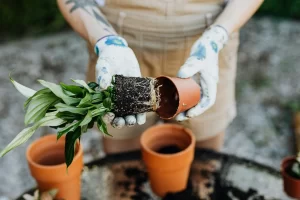 Luckily, we do not all need to be experts in knowing when it’s safe to start seeding or planting. There are terrific on-line tools that can guide us. Johnny’s selected Seeds has a grower’s library with planning tools and calculators that can help with the number of seeds to purchase and when to start seeds indoors and when they can be planted out in our growing area.
Luckily, we do not all need to be experts in knowing when it’s safe to start seeding or planting. There are terrific on-line tools that can guide us. Johnny’s selected Seeds has a grower’s library with planning tools and calculators that can help with the number of seeds to purchase and when to start seeds indoors and when they can be planted out in our growing area.
Pests and Diseases
Disease and pests are a natural part of gardening. Rich, healthy soil grows plants that are healthier and more resilient. If you can find a good source for compost, it’s a wonderful addition to your soil. As we say at our school garden – compost feeds the soil, the soil feeds the plants and the plants feed us.
A good resource for helping to identify garden pests and diseases would be our local Master Gardeners. If they can’t help, they will find someone who can.
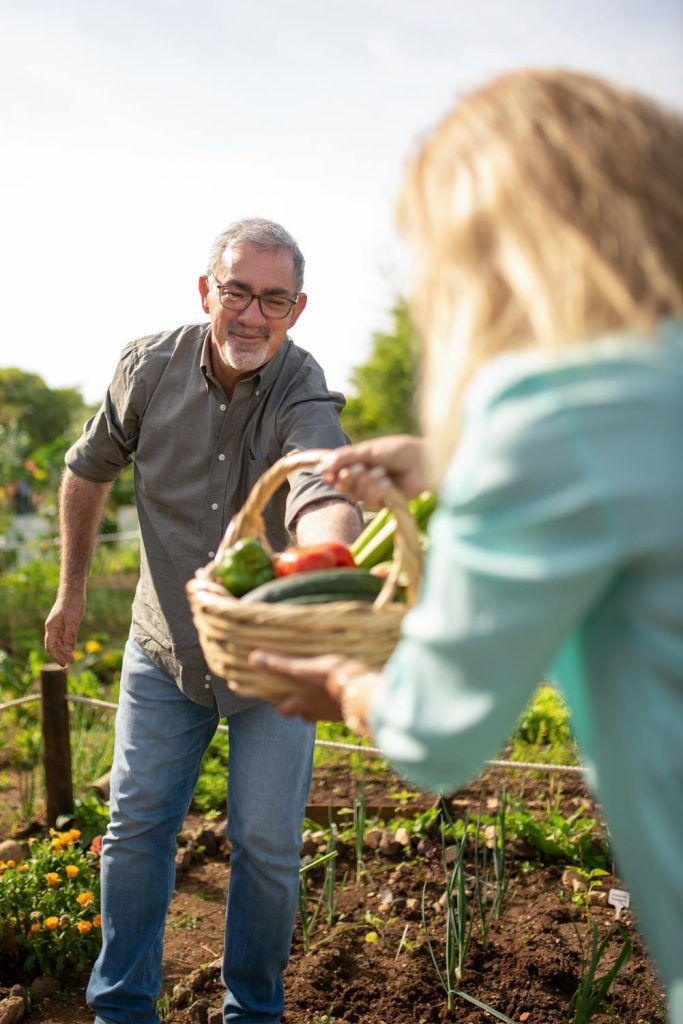 A final thought would be to ask yourself why you are creating your garden; food for your family, to share with your neighbors, donate to a local food bank, flowers for your home or to attract and support pollinators. The answer to this question can be a guiding light as you navigate the endless opportunities in creating your own version of a garden to enjoy.
A final thought would be to ask yourself why you are creating your garden; food for your family, to share with your neighbors, donate to a local food bank, flowers for your home or to attract and support pollinators. The answer to this question can be a guiding light as you navigate the endless opportunities in creating your own version of a garden to enjoy.
Final Tips:
If you start seeds in your home near a window, be sure to have a small fan blowing on your seedlings soon after they germinate. This will keep them stocky and strong and minimize leggy plants as they reach for the light.
If you are growing seedlings or have purchased from a local nursery, be sure to harden them off before planting into the garden. Hardening off is when you slowly let plants adapt to the outdoor environment and temperatures. Start by putting them outside for a couple hours each day about a week before it is time to plant them into the garden.
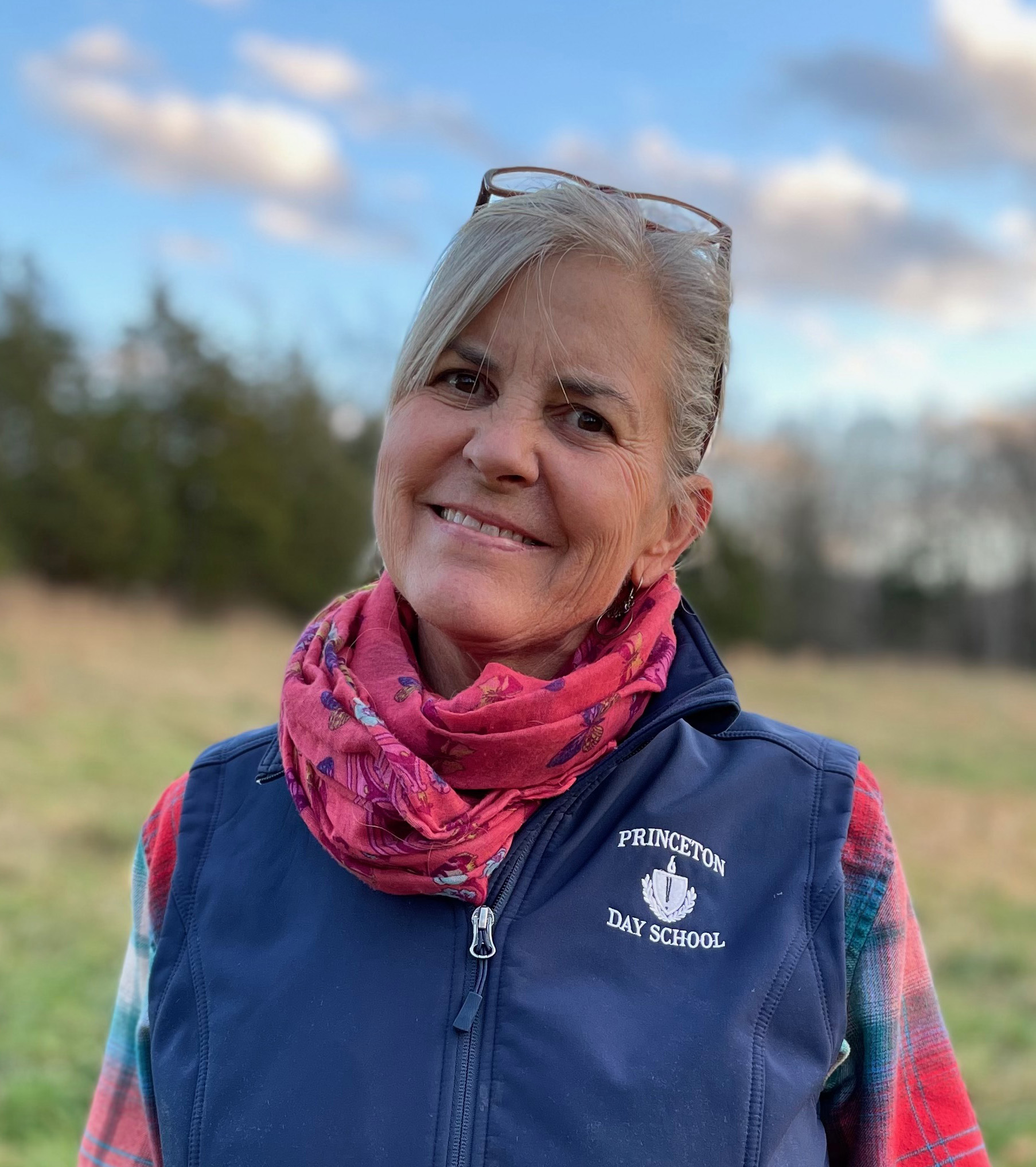
Pam Flory is a former organic farmer turned garden educator, who has been a guiding green force at Princeton Day School, influencing students Pre-K 12th grade. She manages an expansive 8,500 square-foot garden, nurturing a small flock of chickens and stewards a grass and wildflower meadow and small fruit tree orchard. With a steadfast commitment to organic practices, Pam fosters a bountiful environment for hands-on learning. Her impact extends to a teaching kitchen and greenhouse, which play a vital role during colder months, seamlessly integrating garden-related lessons into the curriculum. Pam lives with her family in beautiful Hopewell NJ.
